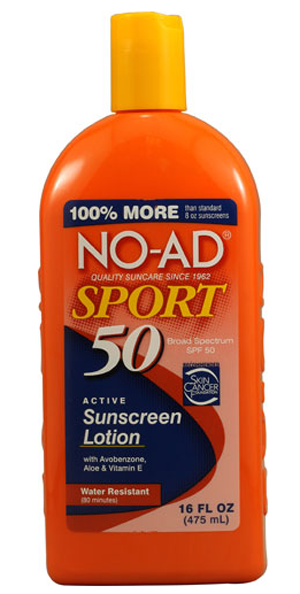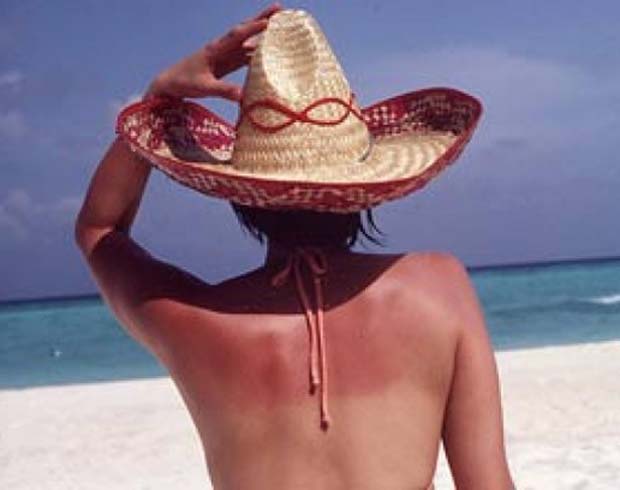Here’s some good advice about sunscreen

No-Ad Sunscreen means they don’t advertise so there is a big savings. We’ve found this to be a decent sunscreen when out on the water. Be sure to wash your hands after applying any sunscreen product. It’s an offensive smell to fish. Don’t get it on the fly, leader or fly line.
[dropcap]T[/dropcap]here are different kinds of skin cancer, but the deadliest is melanoma, which can start off as a harmless-looking dark mole. This year the National Cancer Institute predicts nearly 10,000 Americans will die from the disease.
Melanoma thrives on sunlight, so the cheapest way to avoid it is to stay indoors. “The sun’s rays are the strongest between 10 a.m. and 4 p.m.,” says the Melanoma Research Foundation. “Use extra caution near water, snow and sand, as they reflect the damaging rays of the sun, which can increase your chance of sunburn.”
Of course, staying out of the sun isn’t always an option. Nor is it fun. Hence, sunscreen.
Consumer Reports conducted a comprehensive sunscreen study – the big takeaway: “Paying more may not buy more protection. The least effective sunscreens were among the priciest.”
Here’s what you need to know; SPF is more than a number
Most of us know to apply sunscreen about 30 minutes before we go outside and to reapply every two hours if we remain outdoors.
In the store, we look at the SPF on the sunscreen label, even if we don’t really know what it means. (It’s short for “sun protection factor,” which measures how much protection you get against the sun’s ultraviolet B radiation.)
Common wisdom is, the higher the SPF number, the better the protection. But that’s not always true.
“You can’t always rely on the SPF number,” Consumer Reports says. “Our tests this year found a bigger gap between many products’ claimed SPF values and their measured SPF values than we’ve found in the past.”
Source: National Cancer Institute / Consumer Reports / Money Talks
[information]
No Ad Sunscreen SPF 50: Less than $10 /16 Fluid Ounces
[/information]






